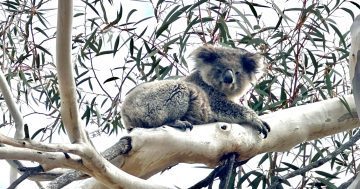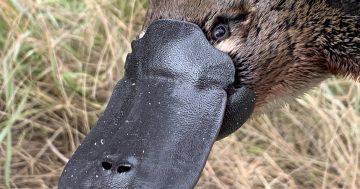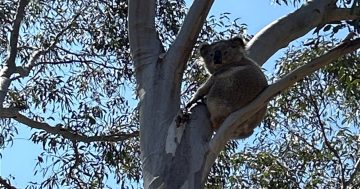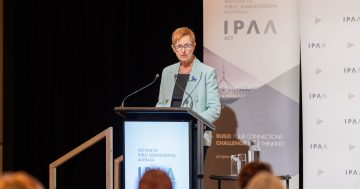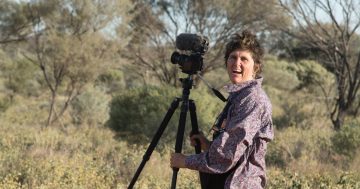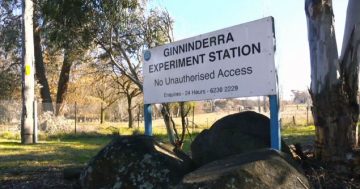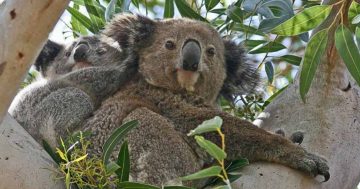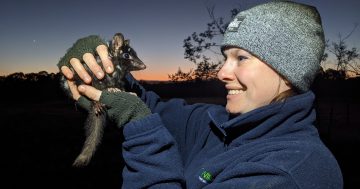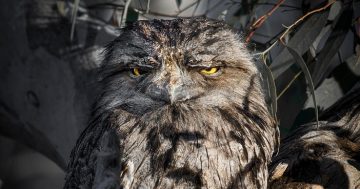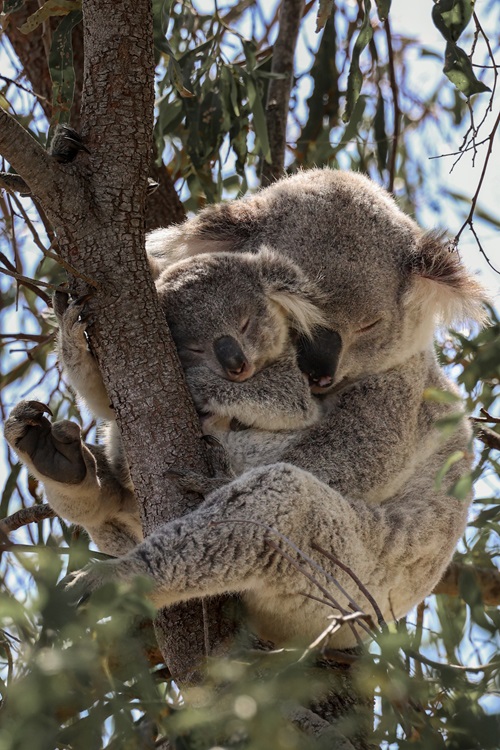
A mother and her joey catch a few winks of sleep safely high up in their eucalypt home. Photo: Charley Geddes, CSIRO.
With koalas on the endangered list in the ACT and some parts of NSW, CSIRO is asking citizen scientists to help reverse the trend by building the most accurate national population count of the marsupial to date.
Organised to mark National Science Week 2024, the national science agency is calling on everyone, but particularly those in the ACT and southern NSW, to record sightings in the Koala Spotter app.
It says a combination of natural disasters, including the deadly Canberra fires, have contributed to the dangers facing local koala populations, officially listed as endangered in February 2022.
During Science Week, themed Species Survival – More Than Just Sustainability, CSIRO is encouraging families across the country to actively take part in koala conservation.
The science agency coordinates the National Koala Monitoring Program (NKMP), a $10 million project funded by the Federal Government’s Saving Koalas Fund, which aims to build and deliver a robust estimate of koala numbers, which will aid ongoing recovery and management efforts.
The program uses the latest technology to better understand the status and trends of koala populations, partnering with First Nations people and universities.
It will create a national snapshot of the population and allow scientists to detect changes in those populations over time.
Although koalas are easy to recognise, they can’t always be seen in dense areas, which is why citizen scientists are invited to take part and keep their eyes open.
CSIRO biologist Dr Andrew Hoskins said a range of technologies and methods were needed to count koalas accurately.
“Koalas can be difficult to spot from the ground, and as they are most active at night, they often rest high in trees during the day,” Dr Hoskins said.
“To count the species, scientists have been using thermal drones to spot koalas from above, deploying acoustic recorders in the field and detection dogs, conducting scat analysis, while also carrying out systematic visual surveys and data integration from previous and historical sources.
“We need as many different eyes as possible to help paint the most accurate picture of koala numbers and distribution across the country.
“Citizen science apps are playing an increasingly important role, as they allow anybody to come out and record their sightings.”
The latest koala national population estimate, according to the national monitoring program, was between 224,000 and 524,000. The next estimate is due in March 2025.
Dr Hoskins said the Koala Spotter app had played an important part in the program’s population count, with 730 records contributed by citizen scientists to date.
“Most of the data we’ve gotten from the app so far has come from families and children,” Dr Hoskins said.
“It’s very easy to use, and the data provided is fed straight into the National Koala Monitoring Program.
“If you spot a koala, simply record its location in the app, try to snap a photo if possible, and press done.”
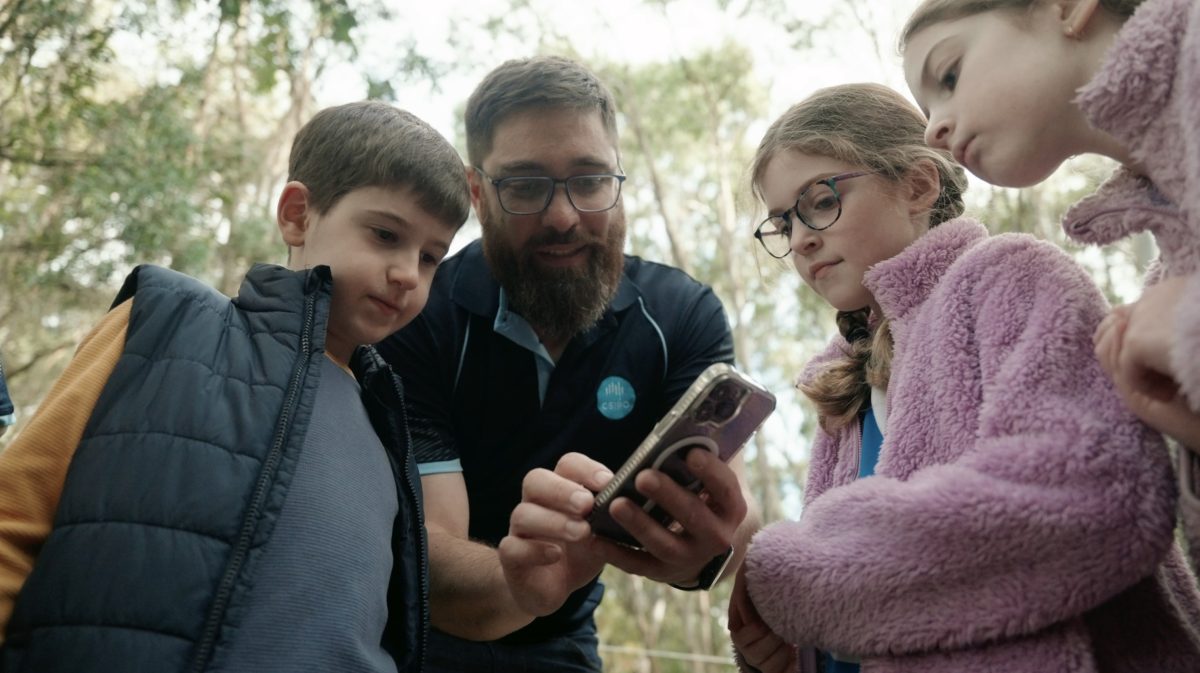
CSIRO biologist Dr Andrew Hoskins explains the koala monitoring program to some youngsters. Photo: CSIRO.
The national monitoring program will broaden public understanding and unify the different monitoring techniques used across the country.
More than $2 million from the National Bushfire Recovery and Environment Rescue Funds have been allocated to the Southern Tablelands, Southern Highlands and Far South Coast regions as part of the program.












